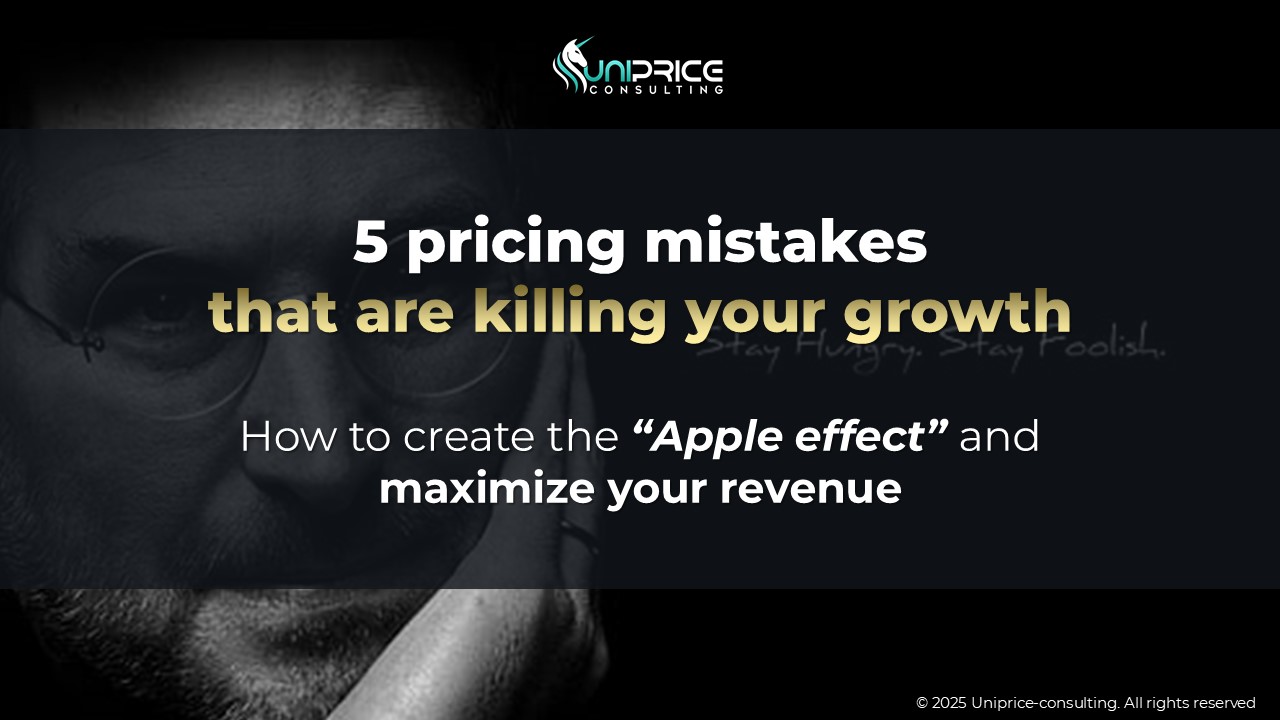In a world as diverse as ours, there is no single market where customers’ needs are homogeneous. Customers might differ in many ways, from their purchasing criteria to the way they interact with products. Each touchpoint tells a story: a tale of unique preferences, distinct needs, and varied behaviours. For businesses navigating this rich tapestry, it’s an exhilarating challenge: how do you develop an optimized offer to address all this diversity?
Consider the SaaS industry, where a solution might be used by a tech-savvy startup in the US and a traditional enterprise in France. Each has differing demands and pain points. While the startup might crave rapid integration capabilities and an API-first approach, the enterprise might value stability, robust support, and extensive training materials.
Recognizing such differences is more than an exercise; it’s the foundation of strategic decision-making. Companies that finely segment their users can craft tailor-made solutions that resonate deeply with each group’s distinct needs. It’s here that the real magic happens.
The rewards of effective segmentation are numerous. Mass marketing campaigns can become laser-focused, speaking directly to the needs and desires of a specific audience. Resource allocation becomes a precision game, targeting areas promising the highest ROI. Product enhancements, too, can be directed to satiate the most pressing needs of distinct segments.
Here are four major elements to consider to build a sustainable market position based on the right segmentation methodology:
- Understand your target needs through A “Need-based” or “Usage-based” segmentation: Imagine a SaaS tool catering to both freelance graphic designers and large design firms. While freelancers might prioritize affordability and ease of use, a design firm could lean towards collaborative features and scalability. Needs encompass not only the expected value from users and customers but also price sensitivity. Furthermore, one common mistake is using descriptive elements as the main criteria to segment customers: industry type and company size for B2B or age, education, gender in B2C. While these criteria can describe how to identify different needs, they shouldn’t define the segments themselves. It’s essential to first understand the “use cases”, then describe which groups identify with those use cases to better reflect it through the offering strategy.
- Bundle and unbundle your offer accordingly: Successful companies build the right product for the right segment at the right price. This step requires finding the right combination of features, services, and price. It is a multifaceted exercise where the offer is designed by choosing the number of tiers, the way features are bundled or offered separately, and the pricing model. This exercise needs the support of advanced scientific approaches (statistical clustering, willingness-to-pay measurement methods) and also to be challenged by business sense and expert talk. While statistics and data are key in making smarter decisions, they remain supportive tools. With statistical biases, data might present different realities.
- Limit your use cases “Less is more”: A frequent question in segmentation is the ideal number of segments. Starting with a few segments for SaaS solution (less than four) and adjusting gradually to product evolutions and new releases is a good strategy. Don’t underestimate the inherent complexity of multiplying the number of segments for your organization (in sales, marketing, product and service development, etc.)
- Make it alive: Segmentation isn’t static. As the market evolves, so do its segments. Adapting to these shifts, and even anticipating them, will help you optimize your product roadmap and ensure your new releases and value propositions position your business at the forefront of its industry.
At Uniprice, we assist our customers in cutting through the noise, building advanced and actionable segmentation, ensuring that the design of the offer, including the pricing model, fits the customers’ needs optimally.
Lyas Driad
CEO








